Human-centric Project Leadership in the Age of AI

Human-centric Project Leadership in the Age of AI
Jun 12, 2025 8:33:11 PM
6
min read
Product Discovery: The Smart Investment That Lets You "Fail Fast, Fail Cheap"
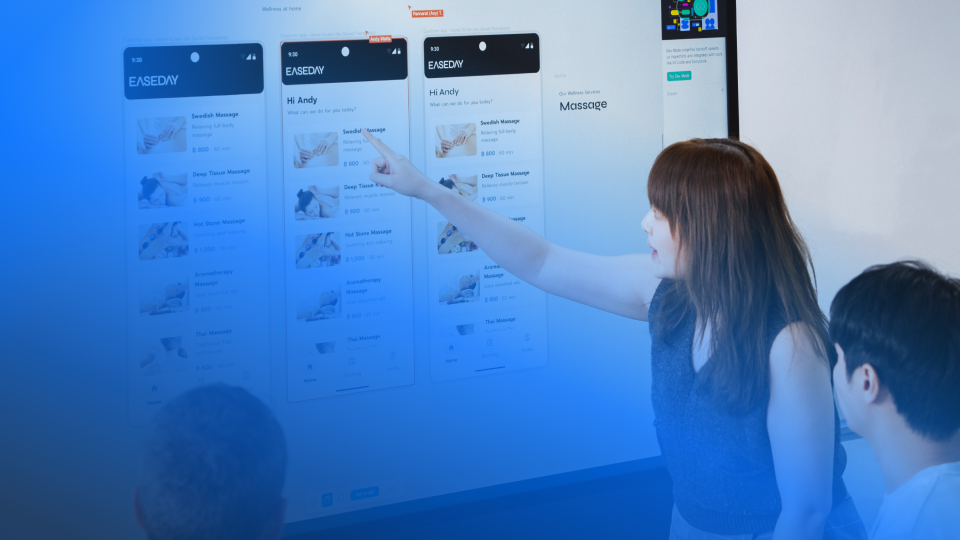

Product Discovery: The Smart Investment That Lets You "Fail Fast, Fail Cheap"
Jun 9, 2025 12:37:20 PM
4
min read
The "If You Build It..." Fallacy: Why Passion Alone Won't Build a Profitable Product
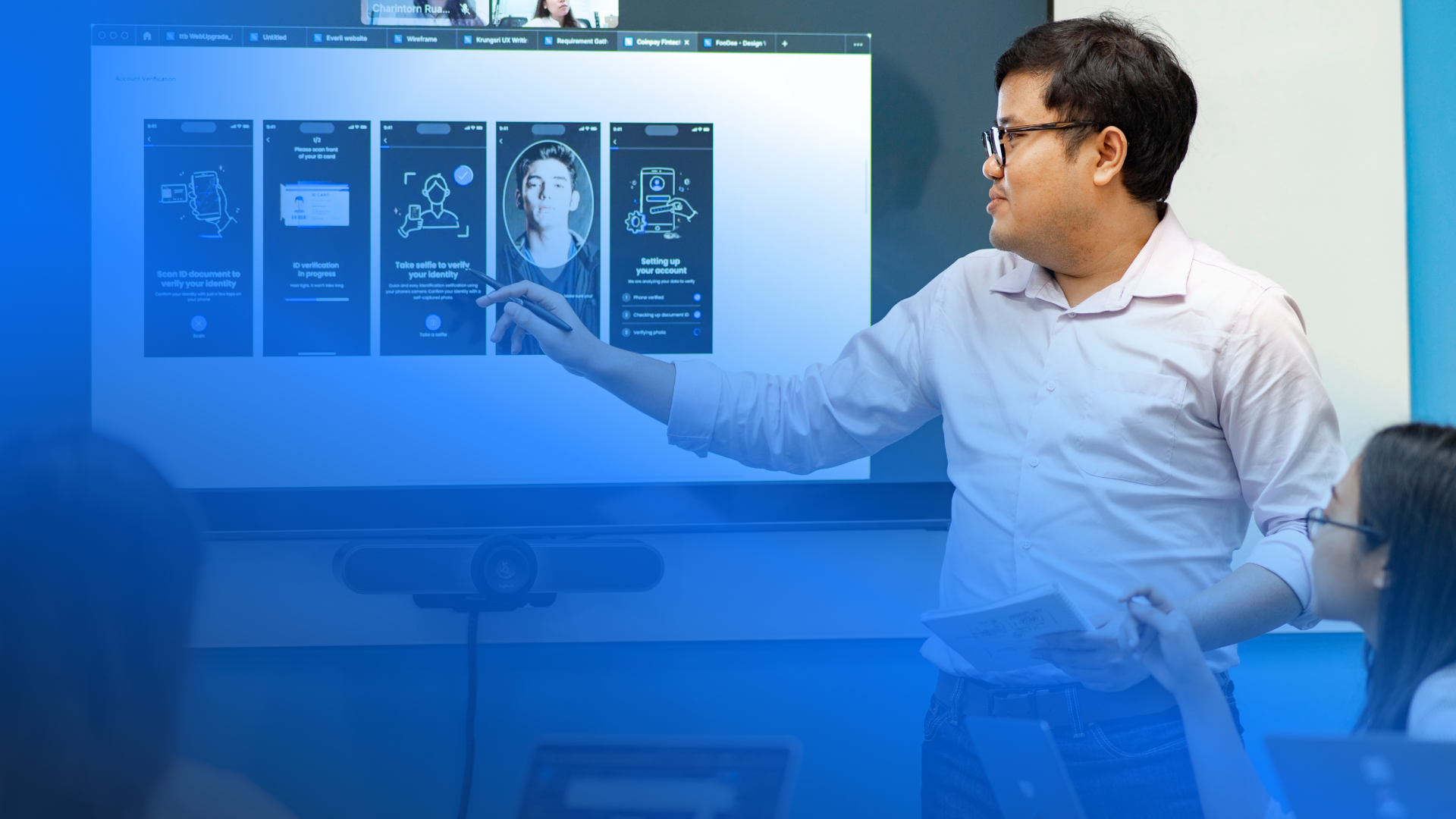

The "If You Build It..." Fallacy: Why Passion Alone Won't Build a Profitable Product
Jun 9, 2025 12:29:53 PM
3
min read
Product Discovery's Missing Piece: The Profitability Imperative
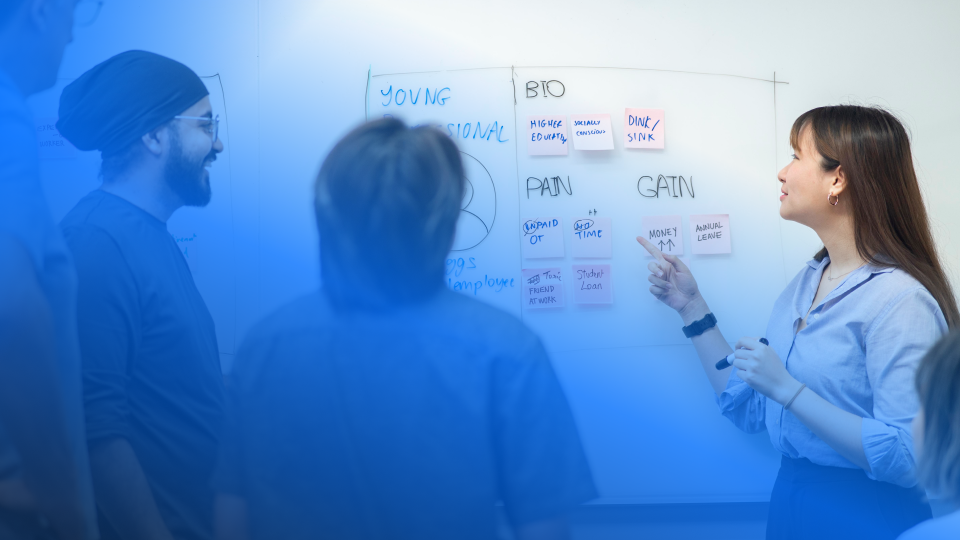

Product Discovery's Missing Piece: The Profitability Imperative
Jun 9, 2025 11:43:29 AM
5
min read
Understanding Product Discovery: A Practical Guide
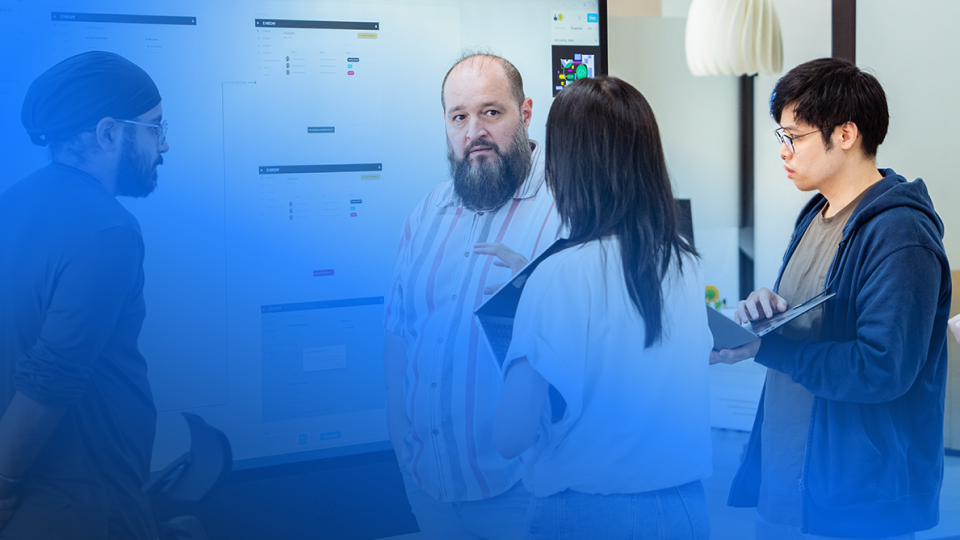

Understanding Product Discovery: A Practical Guide
Jun 9, 2025 11:14:26 AM
3
min read
AI at Scale: Leveraging Cloud Infrastructure for Intelligence and Impact
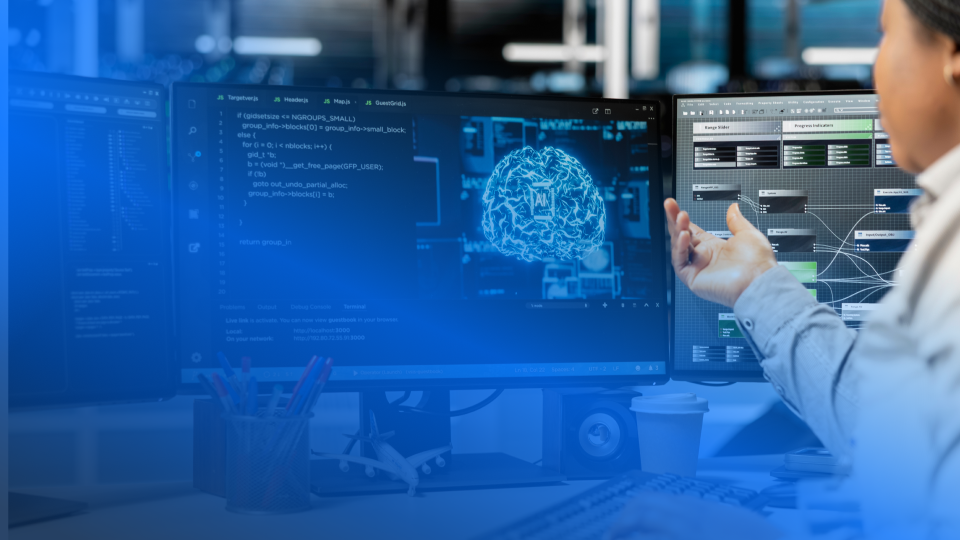

AI at Scale: Leveraging Cloud Infrastructure for Intelligence and Impact
Jun 9, 2025 8:42:22 AM
2
min read
Overcoming Cloud Adoption Challenges: A Strategic Approach from Foundation to Scale
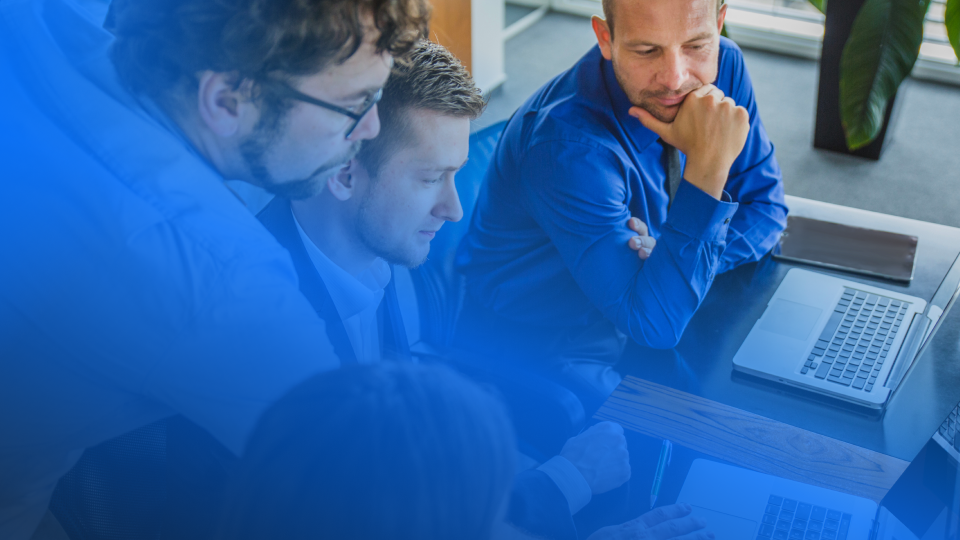

Overcoming Cloud Adoption Challenges: A Strategic Approach from Foundation to Scale
Jun 9, 2025 8:40:09 AM
3
min read
Charting a Course for Cloud Success: Strategic Imperatives for a Seamless Transition


Charting a Course for Cloud Success: Strategic Imperatives for a Seamless Transition
Jun 9, 2025 8:38:13 AM
3
min read
Cloud Security Essentials: A Checklist for Protecting Your Digital Assets


Cloud Security Essentials: A Checklist for Protecting Your Digital Assets
Jun 9, 2025 8:29:58 AM
3
min read


